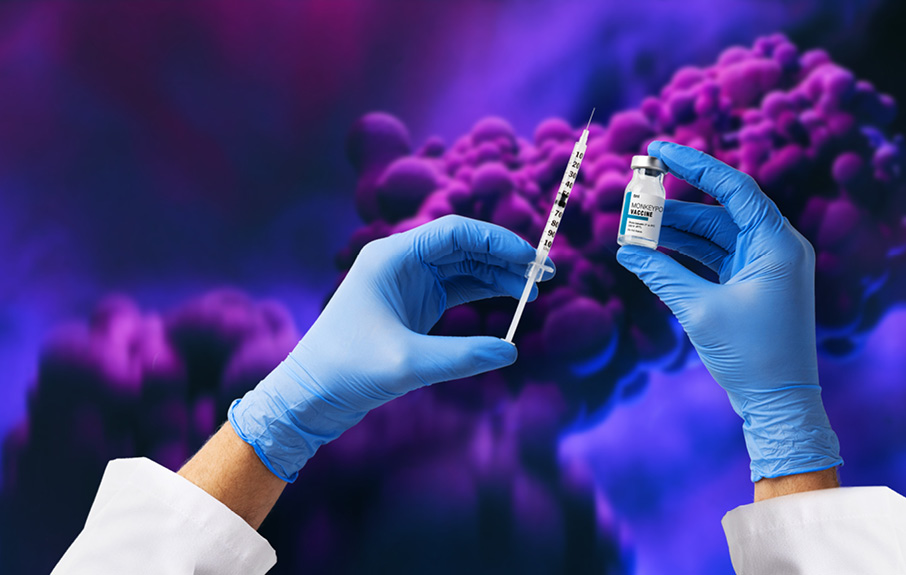The rapid development of mRNA vaccines during the COVID-19 pandemic showcased the transformative potential of this technology. Now, scientists are exploring its applications beyond infectious diseases, venturing into areas like cancer treatment and personalised medicine. The horizon is expanding, and with it, the promise of more targeted and effective therapies.
Navigating the complexities of mRNA vaccine development
While mRNA vaccines offer numerous advantages, including rapid development and adaptability, they also present unique challenges.
Ensuring stability, efficient delivery, and robust immune responses are critical hurdles.
Moreover, as applications diversify, there’s a growing need for advanced tools to monitor cellular responses and metabolic changes in real-time. Laboratories require integrated solutions to streamline workflows and enhance data accuracy.
The science behind the innovation
Recent advancements have led to the development of self-amplifying RNA (saRNA), which can replicate within host cells, producing higher protein levels with lower doses.
This innovation holds promise for more efficient vaccines and therapies. Additionally, novel delivery systems, such as lipid nanoparticles, are being refined to improve mRNA stability and targeting. These scientific strides necessitate sophisticated laboratory instruments capable of detailed cellular analysis and metabolic profiling.
Visualising cellular responses
The
Agilent BioTek Cytation 7 Cell Imaging Multimode Reader is a versatile instrument that combines automated digital microscopy and conventional multi-mode detection. This integration allows researchers to capture high-quality images and quantitative data from live cells, providing insights into morphological changes and protein expression levels.
Key benefits:
- High-Resolution Imaging: Captures detailed cellular images, facilitating the observation of morphological changes and intracellular processes.
- Multi-Mode Detection: Combines fluorescence, luminescence, and absorbance detection methods, enabling comprehensive analysis in a single platform.
- Automated Workflows: Streamlines experimental procedures with automated plate handling and image acquisition, increasing throughput and reproducibility.
- Environmental Control: Maintains optimal conditions for live-cell imaging, ensuring cell viability during extended experiments.
Chemetrix offers full support for the Cytation 7, including installation, training, and maintenance services, ensuring laboratories can maximise the instrument’s capabilities.
Flexible detection for evolving demands
The Agilent BioTek Synergy H1 Multimode Reader is a powerful and flexible instrument designed to adapt to the evolving needs of modern laboratories. It supports multiple detection modes including fluorescence, luminescence, and absorbance, making it ideal for a wide range of mRNA-related assays. With its monochromator-based optics, the Synergy H1 allows precise wavelength selection without the need for filters, offering both sensitivity and versatility. Whether you’re quantifying nucleic acids, monitoring protein expression, or validating assay performance, this platform delivers high-quality data with ease. Chemetrix provides full local support for the Synergy H1, ensuring optimal integration into your lab’s workflow.
Monitoring real-time cellular dynamics
Understanding how cells respond to mRNA-based interventions over time is crucial. The
Agilent xCELLigence RTCA eSight system provides real-time, label-free analysis of cellular events, combining impedance-based measurements with live-cell imaging. This dual approach offers a comprehensive view of cell health, proliferation, and cytotoxicity.
Key benefits:
- Real-Time Monitoring: Tracks cellular responses continuously, providing dynamic insights into treatment effects.
- Label-Free Detection: Eliminates the need for fluorescent or luminescent labels, preserving cell integrity and reducing assay complexity.
- Integrated Imaging: Combines impedance data with high-quality images, offering a multifaceted perspective on cellular behaviour.
- Flexible Experimental Design: Accommodates various cell types and assay formats, supporting a wide range of research applications.
Chemetrix ensures seamless integration of the xCELLigence RTCA eSight into laboratory workflows, providing expert guidance and technical support.
Empowering research for a healthier future
By leveraging advanced instruments like the Cytation 7 and xCELLigence RTCA eSight, researchers can gain deeper insights into cellular mechanisms and treatment effects. These tools not only enhance data quality but also accelerate the development of next-generation mRNA vaccines and therapies. With Chemetrix as a trusted partner, laboratories are well-equipped to navigate the evolving landscape of biomedical research.
Collaborate to advance your research
Stay at the forefront of mRNA vaccine development by integrating cutting-edge technologies into your research. Contact Chemetrix today to learn how our solutions can support your laboratory’s goals and drive scientific innovation.











